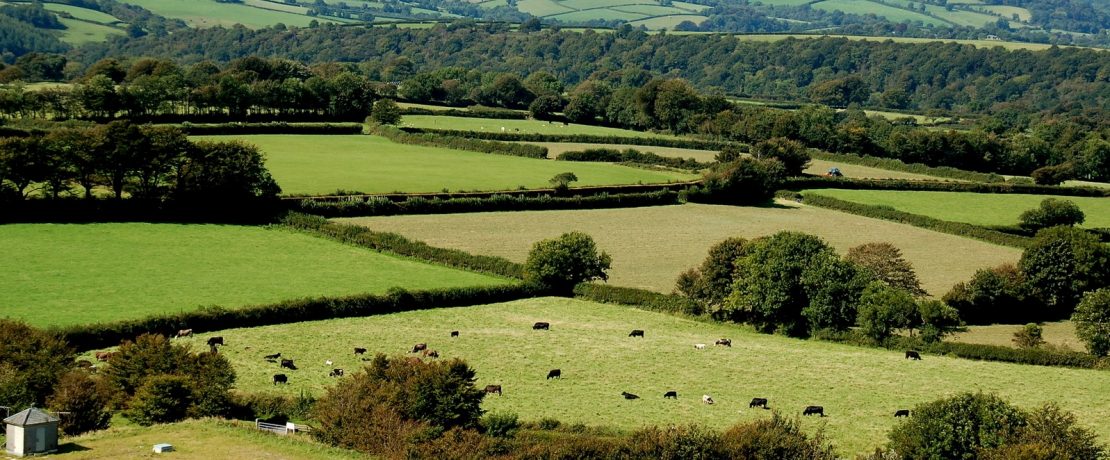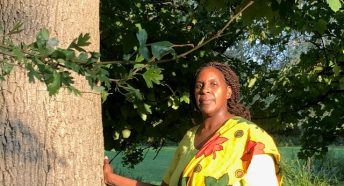Celebrating Black history through five English landscapes
To mark 2020’s Black History Month, CPRE asked some of our supporters and contributors to nominate a place that has a particular significance in their own life, or has shaped their understanding of Black history in the UK.
Biologist, filmmaker and wildlife presenter Gillian Burke reflects on Joseph Emidy’s Cornwall
I am mesmerised as the kora rings out and melodies float high up into the vaulted ceiling at Truro Cathedral. This classical West African stringed instrument is being played for Joseph Emidy as a boss is unveiled in his memory.
Stolen from West Africa and enslaved as a young boy, he survived two ocean crossings at the height of the Atlantic Slave Trade – first to Brazil and then to Portugal – only to be press-ganged during the Napoleonic Wars. He was finally discharged in 1799 at Falmouth Harbour on Cornwall’s south coast.
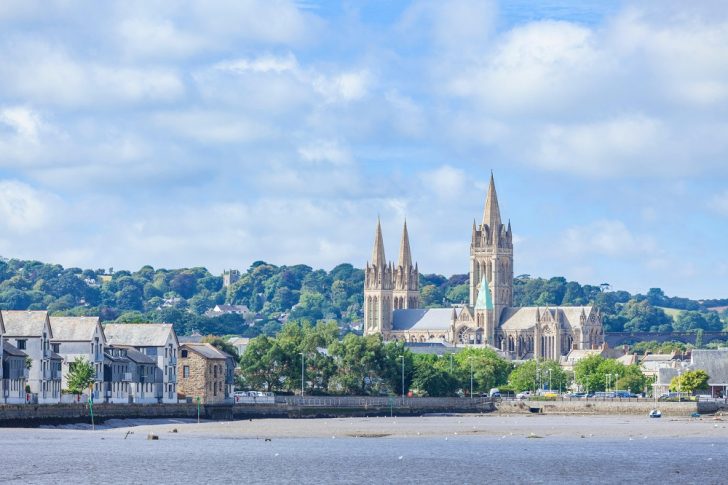
I walk past Custom’s Quay House in Falmouth almost daily. This is where his arrival on Britain’s shores would have been recorded along with many other formerly enslaved Africans.
A short walk on is King Charles’ Church where marriages, baptisms and deaths were recorded as the Cornish blacks put down roots in their new home, although none are remembered quite like Emidy. His story of survival should in itself be remarkable enough, but he went on to become a celebrated composer and violinist.
His resilience and talent has kept the flame burning for the long presence and contribution of black people in British history.
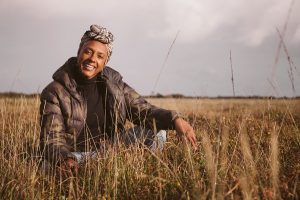
Currently a presenter on the BBC’s Autumnwatch, Gillian studied Biology at Bristol University before making a career in natural history filmmaking that has taken her all over the world.
Artist, environmentalist, educator and diversity champion Manu Maunganidze remembers a special summer in a Somerset village
I went to work at a bison and elk farm in West Coker in 2012.
I cycled there on my friend’s dad’s three-gear 1980s bike, from Bristol, through the mythical Mendips and past Glastonbury. West Coker has almost no ethnic diversity as far as I could tell. I met some wonderful people, and I also endured the glare and mutterings of some not so welcoming people at the local pub.
My host and boss, all 6ft 5 of him, encouraged me to assert myself and feel at home.
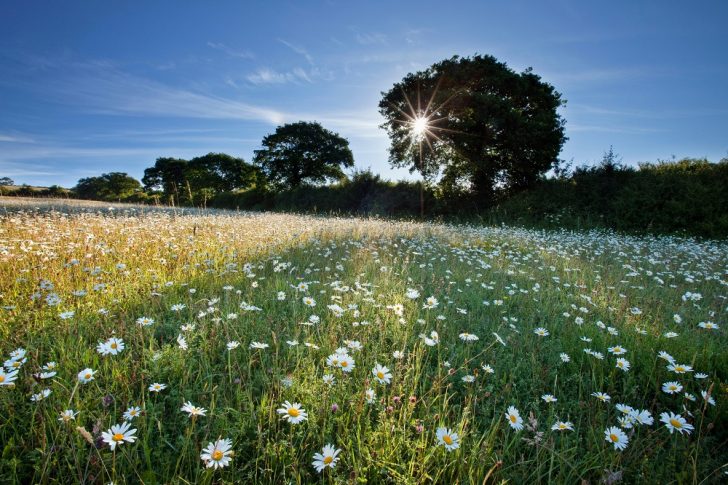
In the evenings, I went for walks or runs in the hills. I rode the rebellious mare a few times. I escorted my host to Morris dancing jigs in picturesque Dorset villages. I felt like an alien in this country, sometimes even a curiosity to the locals.
But I also became more intimately acquainted with the natural and social diversity of England in itself in those eight short weeks. I met some characters who remain friends to this day, drank some mind-spinning cider, experienced music you could never find on Spotify, and even got invited onto a yacht as part of the sailing Olympics down at Weymouth.
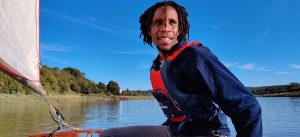
A director of the Bristol Green Capital Partnership, Manu created the Nature Youth Connection and Education community interest company to give marginalised young people creative pathways to a better connection with the environment.
The Black Farmer, Wilfred Emmanuel-Jones, celebrates the forgotten history of a spectacular landscape.
One of my absolute favourite landmarks is near my farm on the Devon Cornwall border. It’s the parish church of St Michael de Rupe, an iconic 12th-century church on top of the Tor at Brentor on Dartmoor.
When my children were young we would go for walks across the moor up to the church because, not only is it a lovely walk, but when we got to the top by the church, we could see for miles and miles around in every direction and we would see what other landmarks we could spot.
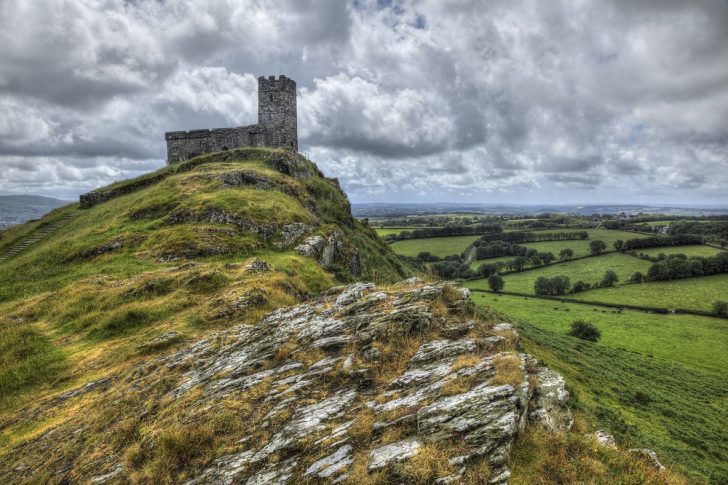
I’m particularly drawn to Dartmoor and its surrounds because of its role in black history. During WWII, many black Afro-Caribbean troops were stationed on and around Dartmoor, a relationship that I feel should be remembered and celebrated.
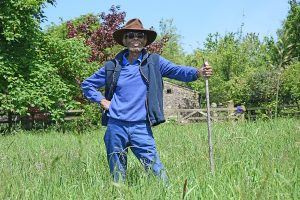
Having received an MBE for services to British farming in 2020, Wilfred is currently using The Black Farmer brand to champion young entrepreneurs and celebrate Black history.
Journalist and academic Maxwell Ayamba on a historic connection in the Peak District
The English countryside has remained contested since the struggles of the Kinder Scout mass trespass in 1932 to create the Peak District National Park – Britain’s first, in 1951.
It was a class struggle – race was never factored into it – yet history tells us Black people were in the British countryside in Roman times, Tudor times and times of enslavement.
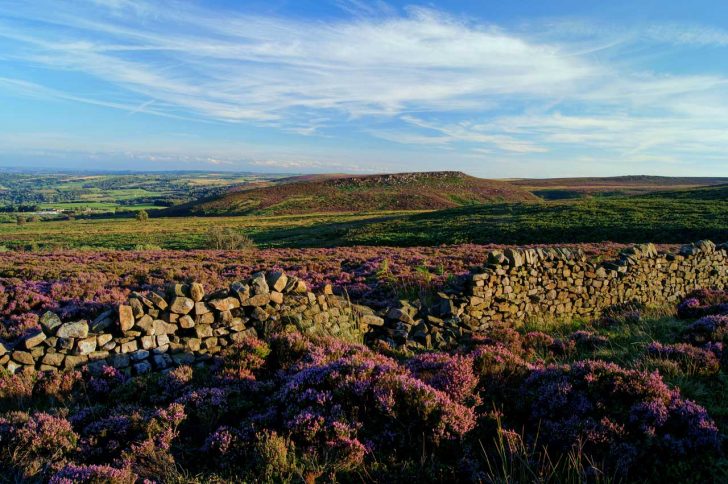
My favourite walking trail with links to Black history is the old Roman Road in the Peak Park, where history tells us Septimius Severus, the Black Roman Emperor who died in York, probably marched 2,000 years ago.
Despite over 500 years of Black British history, this is not written into the history of the landscape.
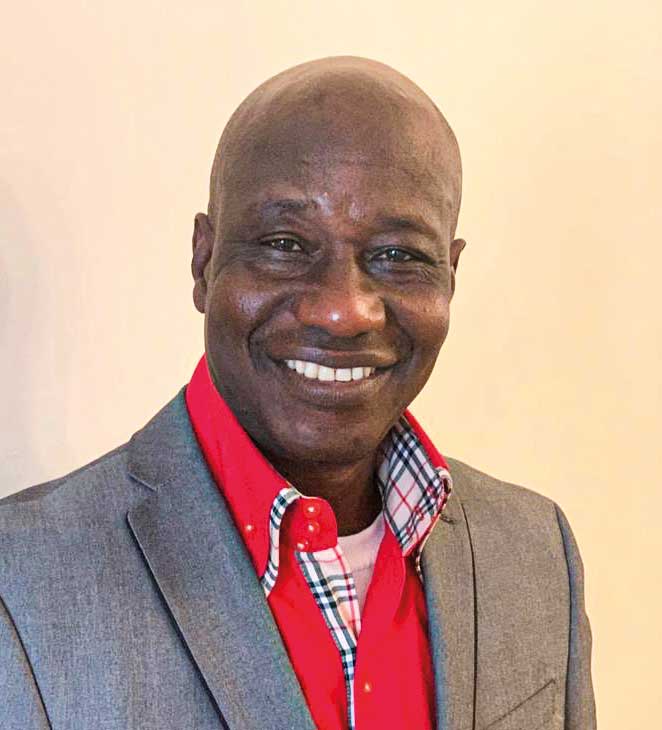
Founder of the Sheffield Environmental Movement, Maxwell’s Walk4Health group inspired the acclaimed play, Black Men Walking, which celebrates centuries of Black British history in the countryside.
One of Britain’s best-loved entertainers and educators, Baroness Floella Benjamin remembers finding green space in the city
My mother Marmie and my father Dardie used to take me and my two sisters and three brothers to Hyde Park to listen to the political speakers at what was known as Speaker’s Corner. Marmie would pack a picnic and we would sit near the Serpentine and feed the ducks. It was like going to the countryside in the middle of London.
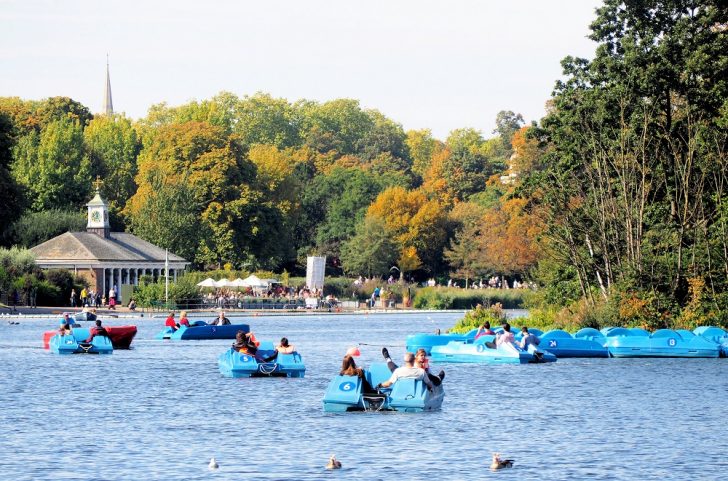
As Chair of the All-Party Parliamentary Group on a Fit and Healthy Childhood, and a member of the Peers for the Planet group, Baroness Floella Benjamin uses her voice to champion the importance of helping children connect with nature and learn about environmental sustainability.
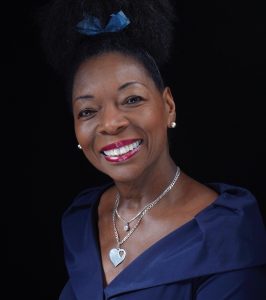
Baroness Floella Benjamin DBE
Find out more about Black History Month.
And if you enjoyed this article you might like to see more on the personal and collective histories of Black people’s relationship with the countryside:
- Maxwell Ayamba on My England
- Sheree Mack on her exploration of race and nature
- Maureen Morant on connecting with trees
- Baroness Floella Benjamin’s first impressions of the English countryside
